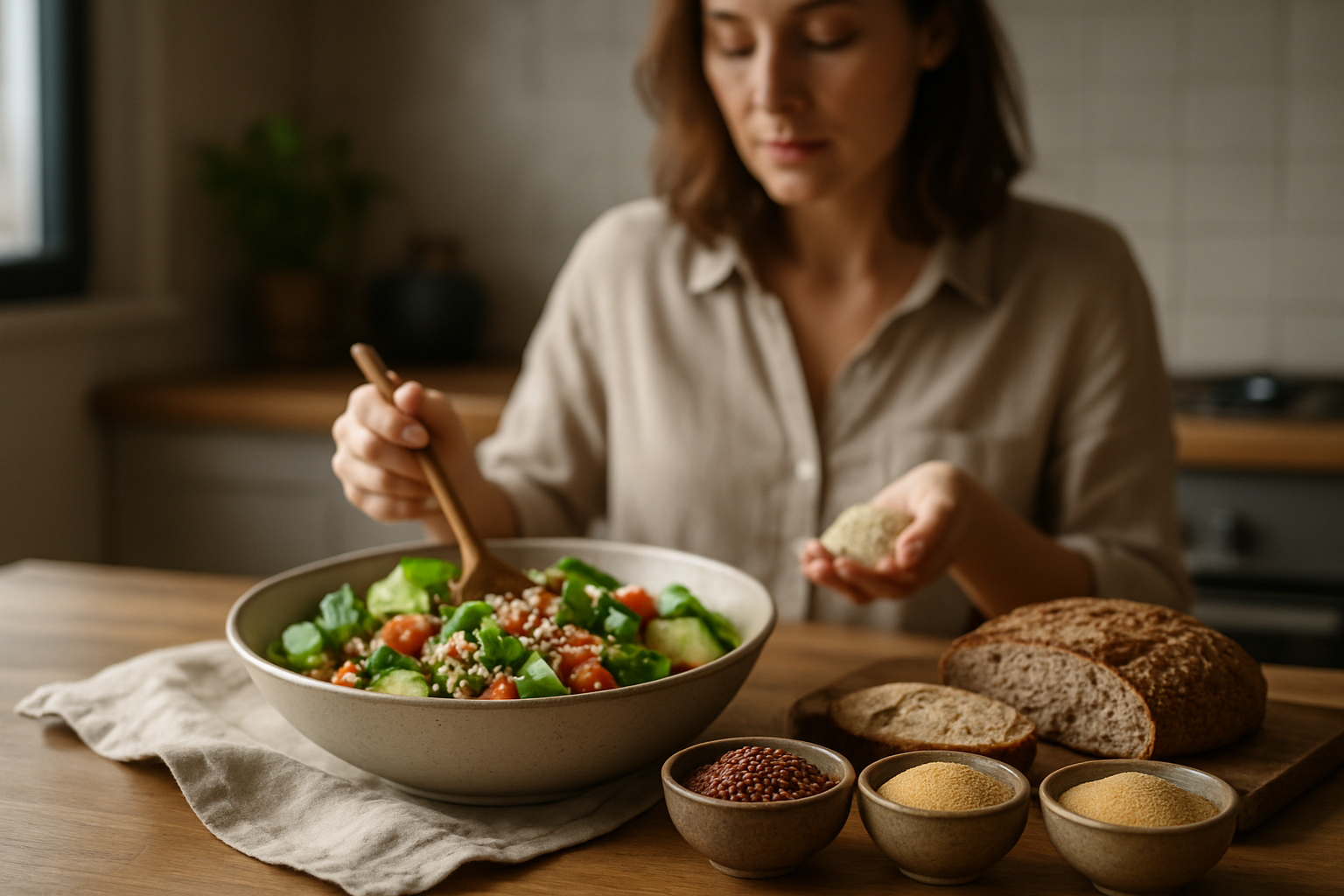Decoding the Boom in Rural Real Estate: A Comprehensive Guide
The last couple of years have seen a sharp increase in the demand for rural property. Many attribute this trend to a desire for a slower pace of life, more space, or a safer, more peaceful environment. But is this shift here to stay, and what does it mean for both buyers and sellers in this newly competitive market?

The Rural Real Estate Renaissance: A Brief History
Before we delve into the current state of the rural real estate market, it’s essential to understand how we got here. The shift in interest from urban to rural living is not entirely new. Historically, periods of social or economic upheaval have often resulted in similar trends. However, the current surge in demand for rural properties is unprecedented.
The onset of the COVID-19 pandemic in early 2020 led to a seismic shift in how people live and work. As businesses transitioned to remote work, city dwellers found themselves untethered from their office locations. This newfound flexibility sparked a mass migration from city centers to less densely populated areas, sparking a boom in rural real estate markets.
Unpacking the Current Market Trends
The demand for rural properties has led to a sellers’ market, with property prices in many rural areas skyrocketing. This uptick in prices has been accompanied by a decrease in available inventory, as properties are snapped up almost as soon as they hit the market.
While these trends are generally favorable for sellers, they present challenges for buyers. Many are contending with bidding wars and inflated prices, making it more challenging to secure properties in their preferred locations. Furthermore, the increased demand has led to a surge in development in some rural areas, potentially threatening the very qualities that make rural living attractive.
Understanding the Impact on Buyers, Sellers, and Investors
For sellers in rural areas, the current market offers an unprecedented opportunity to maximize profits. However, it also presents challenges for those looking to downsize or move within the same area, as they may be priced out of their own markets.
Buyers face stiff competition and higher prices, but they also stand to gain from the long-term benefits of rural living, such as lower living costs and improved quality of life. For investors, the increased demand for rural property represents a potential for high returns, but it is important to weigh these potential rewards against the risks of a volatile market.
Future Outlook: Is This Trend Here to Stay?
While it’s impossible to predict with certainty, many experts believe that the shift towards rural living is more than just a passing trend. The widespread adoption of remote work, coupled with the appeal of a less stressful lifestyle, could make rural living an attractive option for many in the years to come.
However, it’s also crucial to consider that the current boom in rural real estate may eventually lead to a saturation of the market and potential depreciation in property values. Both buyers and sellers should be prepared for possible market fluctuations in the future.
Navigating the New Normal
The current rural real estate boom presents both opportunities and challenges. For buyers, sellers, and investors, success in this market will require a keen understanding of current trends, careful planning, and a willingness to adapt to changing circumstances. As we move forward in this new landscape, it’s clear that rural real estate will continue to play a significant role in the property market.






